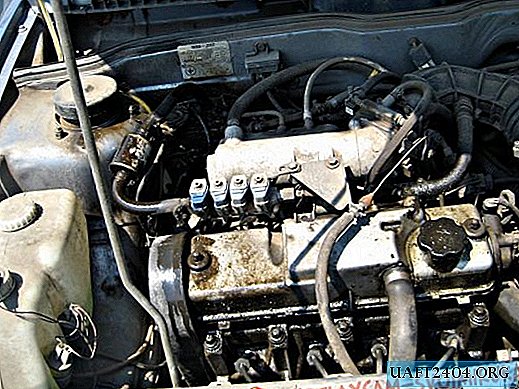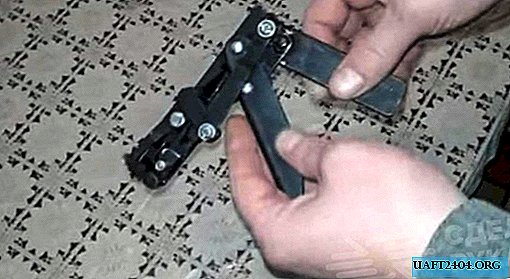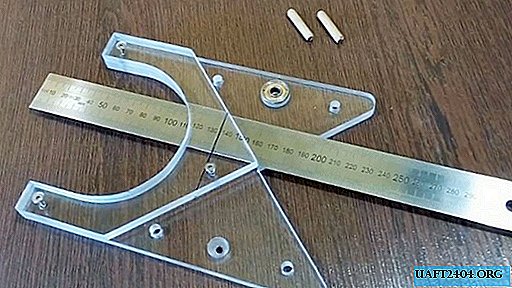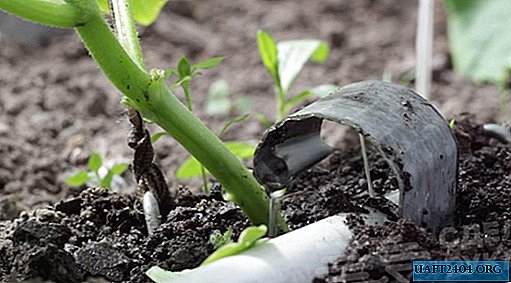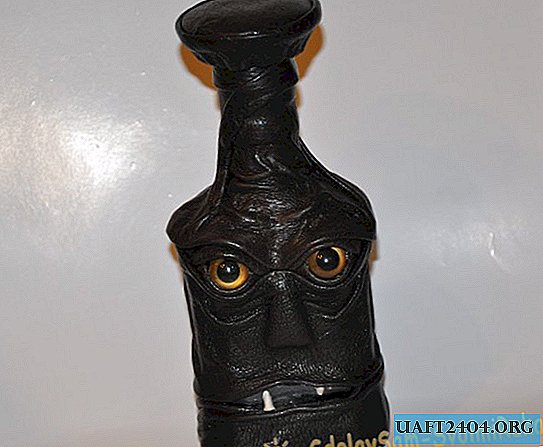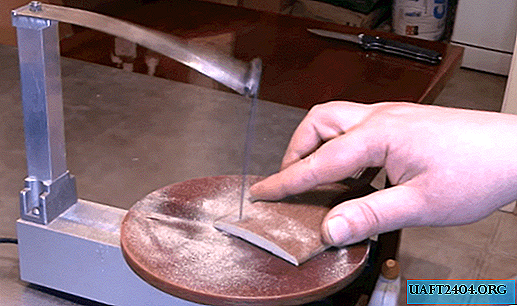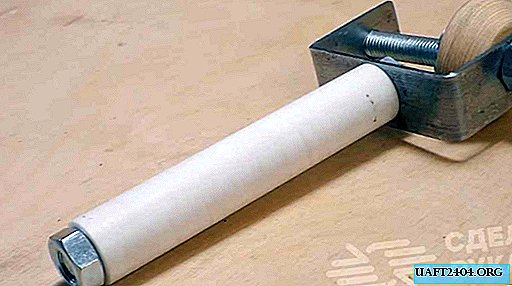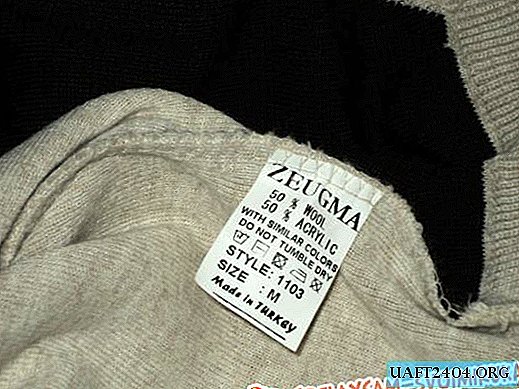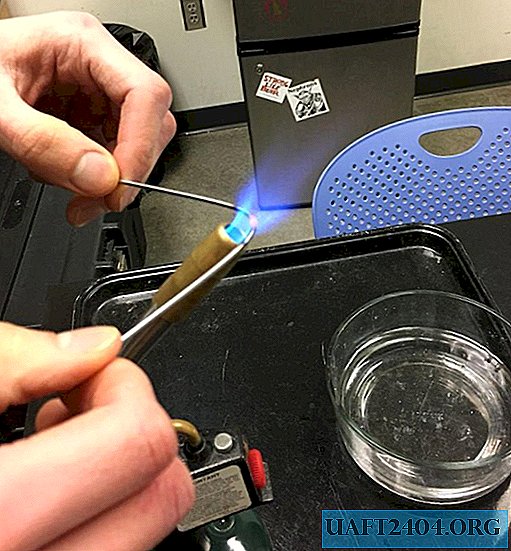Share
Pin
Tweet
Send
Share
Send
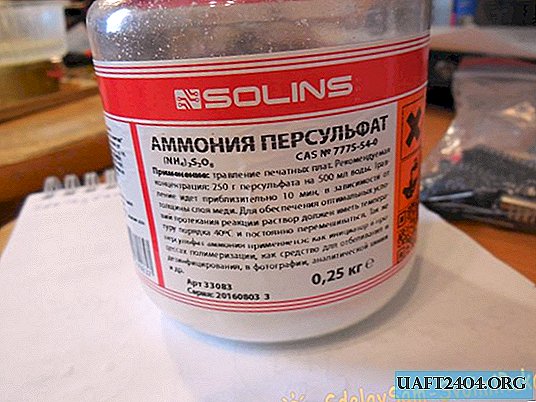
It is a white powder with a slight chemical smell.

So, how do you etch the board in a solution of ammonium persulfate?
Step 1. We prepare a board with which it is necessary to bleed copper. Tracks can be drawn with indelible marker, nail polish, or translated from a computer using LUT, photoresist. I use laser-ironing technology.

Step 2. Knead the etching solution. The instructions on the chemical jar indicate the proportions "250 g of persulfate per 500 ml of water", but with such proportions the etching rate is very low and the consumption is huge. Empirically, I found that the etching rate is maximum if you mix 1 part persulfate in 8-10 parts of water (1: 8-10). The powder consumption in this case is very small. It also does not hurt to add a little salt to the solution, this will positively affect the etching rate. You need to take ammonium persulfate with a plastic or wooden spoon, no metal. The container must also be plastic.

A feature of etching boards in ammonium persulfate is that the solution must have a temperature of more than 40 degrees, otherwise the reaction will not proceed at all. Therefore, the water must be taken warm enough so that it does not have time to cool down until the board is etched. It is also not necessary to overdo it in the temperature of the water, the paths may depart. You can also heat the board during the etching process, for example, in a water bath or using a homemade electric stove, as I do.

Step 3. Dip the board in a warm prepared solution. The etching process begins immediately. It does not hurt to periodically sway the board in the solution, mixing it. The advantage of ammonium persulfate is that its solution, unlike ferric chloride, remains transparent, you can observe the progress of the process without removing the board. In addition, when etched in persulfate, almost no gas bubbles are emitted, as in a hydrogen peroxide solution, the tracks do not come off, and the board does not float to the surface.




After 20 minutes, the board was completely etched, now it remains only to remove the toner, drill holes, tin. Thus, this etching method is a good alternative to the popular ferric chloride and hydrogen peroxide.


Benefits:
- High etching rate.
- The transparency of the solution.
- The absence of bubbles.
Disadvantages:
- The need to heat the solution.
- Ammonium persulfate is a fairly rare product in stores.
Share
Pin
Tweet
Send
Share
Send

